As any fule kno experienced river restorationist knows, there’s really not much point in trying to work against a river’s natural processes: in the end it’ll do what it wants to do anyhow, so you might as well just get out of the way.
Which is why we’ve been so brim-full delighted to read the latest news from the post-industrial River Croal, part of the Irwell system, in the River Restoration Centre’s August Bulletin:
The Irwell WFD Good Ecological Potential project aims to strategically remove redundant structures from the river corridor. Following the removal of ten barriers by the Environment Agency Operations Delivery team last year, Little Lever weir on the River Irwell in Bolton was identified as one of the next to prioritise.
While removal works were not planned, high flows experienced in June and July assisted removal of the structure (2m+ head with a 30m span) as well as two further weirs, which all collapsed, succumbing to pressure. Remaining material was removed under emergency works and this helped add a few more ticks to the Environment Agency’s ‘weir removal hit list’.
The removal of this has already helped to create a more dynamic and diverse river corridor as well as allowing resident fish species a clearer passage upstream. Follow-up works cost approximately £20,000.
Has the removal of those previous 10 structures and the progressive restoration of the Irwell’s natural hydrology increased the river’s ability to start taking care of some of the other obstructions in its course?
Either way, we bet the boys and girls at Action Irwell and the Irwell Rivers Trust are saying right, if we can only bottle and sell this…
(Photos: River Restoration Centre)
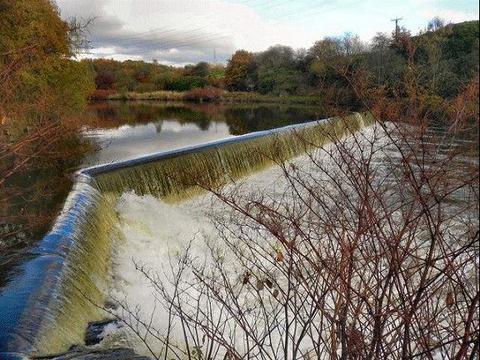
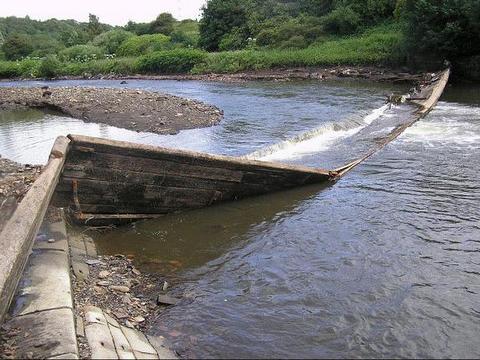
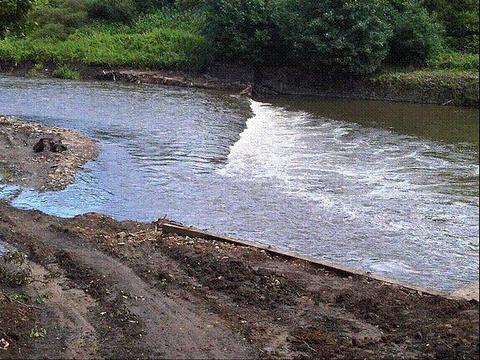
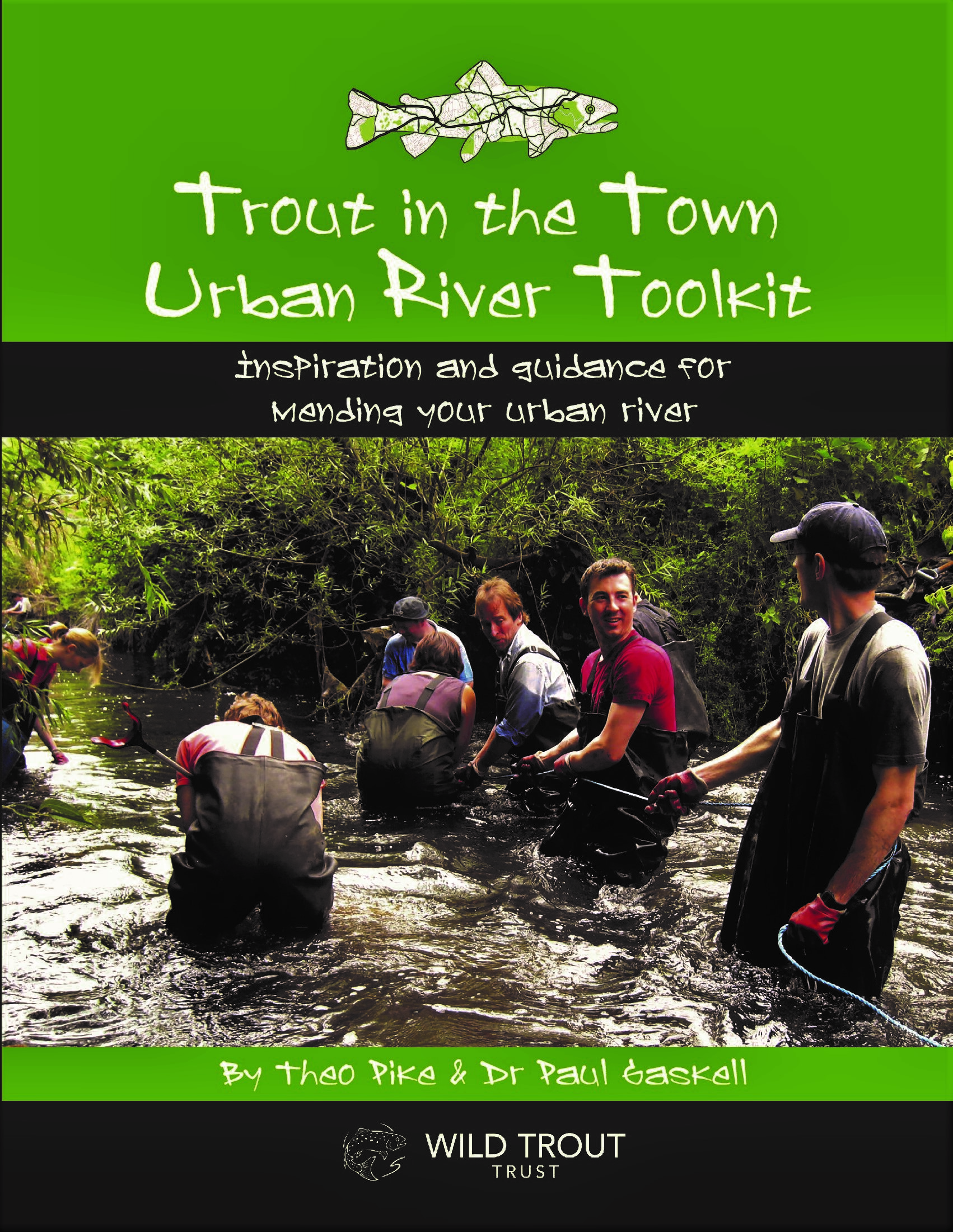
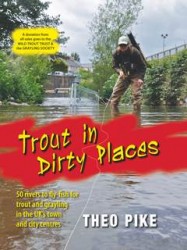
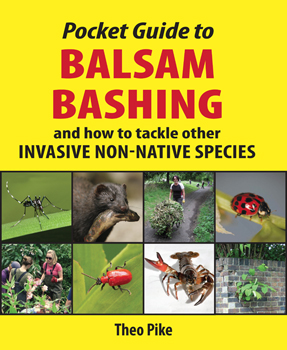

I think the weir and associated deeper water is probably a better and more productive torut habit than the mess left later.
Look at all that water pouring over the weir and getting oxygenated.
Trout can jump two meters – and a fish pass could allow slower course fish a chance too.
Don’t wish weirs away – they create pools and deeper water which fish need
Richard, thanks for your thoughts… adult trout and other species certainly do need deep water refugia, but most practitioners now believe that weirs are a pretty blunt instrument for delivering this.
Given sufficient flows, opportunities for sediment transport etc, a properly functioning river system should be able to produce a much greater diversity (and even density?) of deeper pool areas interspersed with oxygenating riffles, without compromising fish passage or producing the silted anoxic stillwater areas that predominate above weirs.
A couple of years ago Paul Gaskell and John Tyzack carried out an interesting experiment above and below the Sheffield Don’s Niagara Weir, fishing 90 minutes on the naturalised pocket water below, then 90 minutes on the ponded water above. The results speak for themselves: 32 trout and grayling below the weir, just one trout above! If you can get sight of a copy of Trout & Salmon’s May 2011 issue, it’s a very revealing read…
Sorry Richard but I don’t believe that you know too much about freshwater ecology do you?
Go and have a good look at ponded stretches of river and you will see they support little diversity of organisms. As far as I am concerned naturalization of rivers could be one of the few success stories in the management of British habitats.
so is the wier area worth fishing now and if so what are the best methods/species etc?
Getting rid of weirs is the accepted strategy and has much to recommend it. However, nothing is black and white and I agree with Richard’s assessment to some extent on the Croal. Certainly on a lot of the Irwell tributaries the weirpools are often the best areas. This relates to the specific morphology of the catchment area. There are a lot of natural areas that are very thin and lack depth. When they are impounded it creates a better depth and still has adequate flow. There are a lot of these areas on some tribs and they are very productive. Where they are removed it is relatively barren. A good example of why no solution is a panacea, but needs thought as to context. In the end a lot of weir removal is driven by the desire to encourage migratory fish rather than habitat improvement..
As for the example with JT and Paul on the Don. A sample size of 1 tells you nothing. Even less if it is not chosen at random. The Don is a very different river with a lot better pocket water with more depth. Horses for courses.
Robert, that’s a good point well made. I’d agree that many urban (and rural!) rivers have been so radically simplified that just removing weirs and regrading through the head loss isn’t enough. We do also need to restore some of the river’s natural complexity, and that includes large-scale deep-water refuge areas for bigger fish, so they’ve got somewhere to hold up once they’ve been able to travel long distances through the newly fish-passable system…